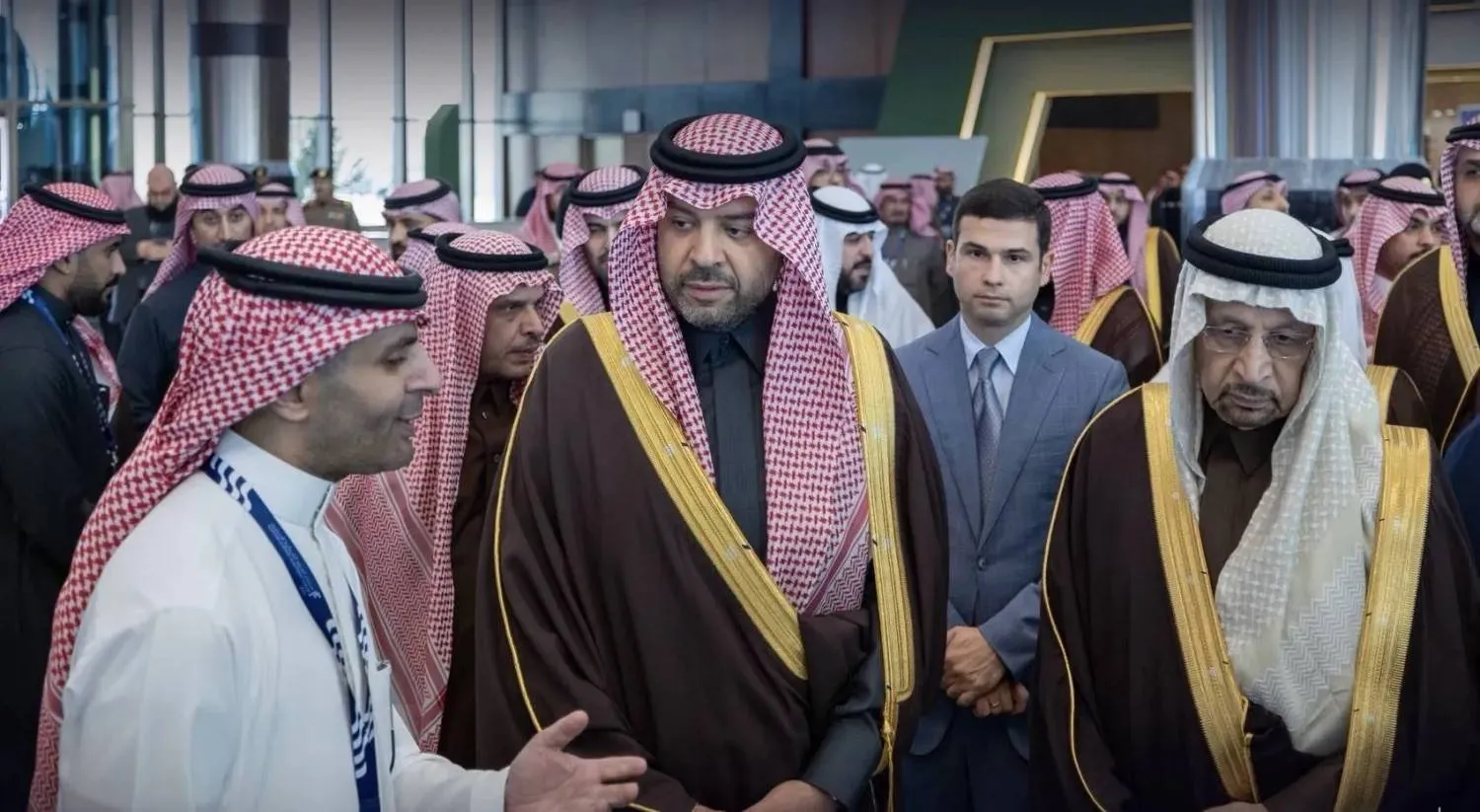Oman’s real gross domestic product increased by 2% during the third quarter of 2023, attributed to a hike in oil activities, which added value by 0.5%, and non-oil activities by 2.7%.
Preliminary data issued by the National Center for Statistics and Information for the National Accounts showed a 3.9% decline in nominal GDP at the end of the third quarter of 2023 compared to the same period in 2022.
It said that this contraction was driven by a decrease in hydrocarbon sector production by 15.4%.
The consumer price index in Oman indicated an annual inflation rate of 0.9% at the end of December 2023.
Oman’s banking sector recorded a modest credit growth of 4.3% last year, reaching $78 billion by December 2023.
Of the total outstanding credit, bank credit to the private sector demonstrated a growth of 4.7% year-on-year to reach $65 billion by the end of December 2023.
The household sector received the highest share of the total private sector credit at approximately 45.2% at the end of December 2023, followed by non-financial corporations at 45%.
The share of financial corporations was 6.0% in private sector credit, while other sectors received the remaining 3.8% of total private sector credit as of the end of December 2023.
Bank deposits
Total private sector deposits rose by 10.6% to $49 billion.
Regarding the sector-wise composition of private sector deposits, the biggest contribution was household deposits at 49.3%, non-financial corporations at 32.4%, financial corporations at 15.4%, and other sectors at 2.9%.
An analysis of the activities of traditional commercial banks between December 2022 and December 2023 indicates outstanding credit grew 2.5%, and conventional banks’ credit to the private sector increased by 2.9%. The overall investments in securities increased by 16.6%.
Aggregate deposits held with conventional banks increased by 12.2% year-on-year to $61 billion at the end of December 2023.
Private sector deposits, which accounted for 66.2% of total deposits with conventional banks, increased by 9.5% as of December 2023 to reach $39 billion.
Interest rates
According to the Central Bank data, the weighted average interest rate on Omani rial deposits with conventional banks increased from 1.993% at the end of December 2022 to 2.636% at the end of December 2023.
The weighted average Omani rial lending rate decreased from 5.379% to 5.513% over the same period.
The overnight rial domestic interbank lending rate rose to 5.417% in December 2023 from 4.271% a year ago.
The increase in interest rates is an outcome of the rise in the average repo rate for liquidity injection by the Central Bank to 6.00% from 4.774% a year ago, moving with the US Federal Reserve.









